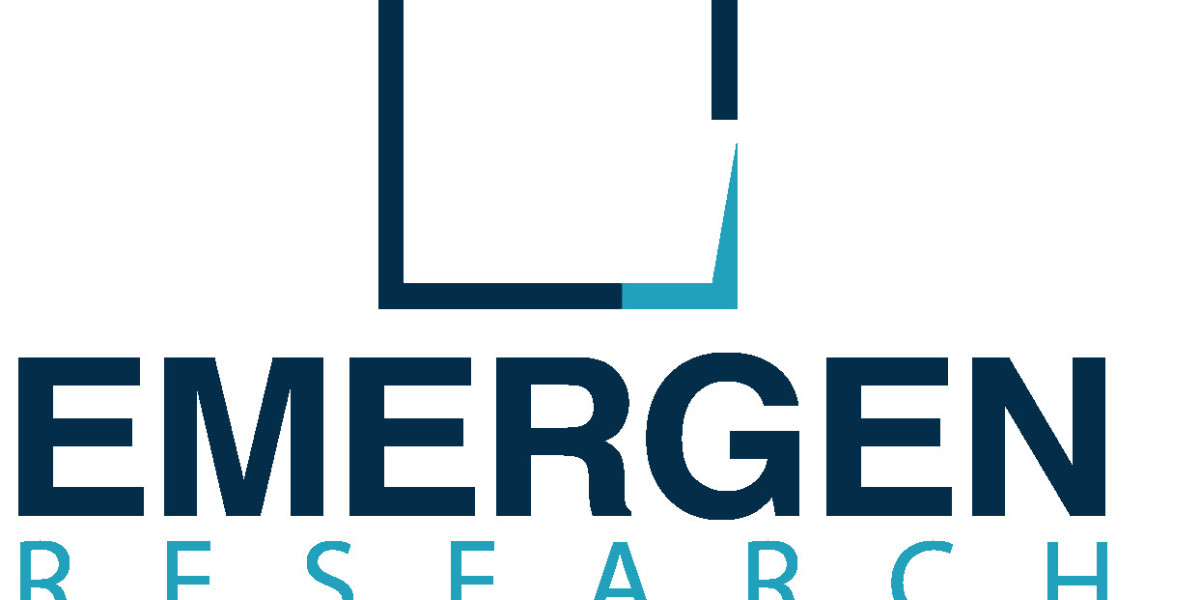The Internet of Things (IoT) is transforming industries, homes, and cities by enabling devices to communicate, automate tasks, and make data-driven decisions. As the number of connected devices continues to skyrocket, optimizing the efficiency of these networks becomes increasingly crucial. One of the key technologies driving this optimization is Target Wake Time (TWT), a feature introduced with Wi-Fi 6 (802.11ax). TWT technology is designed to enhance the energy efficiency and performance of IoT devices, making it a cornerstone in the evolution of smart technology.
Understanding Target Wake Time (TWT)
Target Wake Time (TWT) is a power-saving mechanism that allows IoT devices to schedule when they wake up to transmit or receive data. In a typical IoT setup, devices continuously communicate with a Wi-Fi network, consuming significant energy and reducing battery life. TWT addresses this challenge by enabling devices to enter a low-power sleep mode and wake up only at scheduled intervals, reducing unnecessary communication and conserving energy.
TWT works by establishing an agreement between the Wi-Fi access point and the IoT device on specific times for data transmission. This scheduling minimizes the time a device spends active, drastically reducing power consumption while ensuring timely data transfer. TWT is particularly beneficial for battery-powered IoT devices, such as sensors, smart home gadgets, and wearable technology, where energy efficiency is paramount.
The Impact of TWT on IoT Efficiency
- Extended Battery Life The most significant advantage of TWT technology is its ability to extend the battery life of IoT devices. By reducing the frequency of communication with the network, TWT allows devices to remain in a low-power state for extended periods. This is a game-changer for devices that rely on batteries, as it reduces the need for frequent recharging or battery replacement. For example, smart sensors deployed in remote locations can operate for years without maintenance, thanks to TWT-enabled power savings.
- Reduced Network Congestion In environments with a high density of IoT devices, network congestion can become a significant issue. Multiple devices constantly vying for network access can lead to delays, dropped connections, and reduced overall network performance. TWT helps alleviate this problem by scheduling communication times, ensuring that devices transmit data at staggered intervals. This organized approach to data transmission reduces collisions and improves the overall efficiency of the network.
- Enhanced Scalability As the number of IoT devices within a network grows, managing their energy consumption and ensuring reliable communication becomes more complex. TWT technology facilitates the scalability of IoT networks by providing a structured framework for device communication. Network administrators can easily manage thousands of devices without worrying about excessive energy consumption or network overload. This scalability is essential for large-scale IoT deployments, such as smart cities or industrial automation systems.
- Optimized Performance for Low-Power Devices IoT devices often have limited processing power and memory, making energy efficiency and network performance critical factors in their operation. TWT allows these low-power devices to function optimally by reducing the energy required for communication and minimizing the processing load. This optimization ensures that even the most resource-constrained devices can perform their tasks efficiently without compromising on battery life or communication reliability.
- Improved User Experience In consumer applications, such as smart homes or wearable devices, the user experience is directly linked to the performance and reliability of IoT devices. TWT enhances the user experience by ensuring that devices operate smoothly and consistently without frequent interruptions for charging or network issues. For instance, a TWT-enabled smart thermostat can maintain its connection to the home network while conserving energy, providing seamless control over the home environment.
TWT in Action: Real-World Applications
TWT technology is already making a significant impact across various industries. In smart homes, TWT-enabled devices like smart locks, cameras, and lighting systems are offering enhanced energy efficiency and reliability. In industrial settings, sensors and monitoring equipment with TWT capabilities are delivering long-lasting performance, reducing the need for regular maintenance.
In healthcare, wearable devices such as fitness trackers and medical monitors are benefiting from TWT by providing extended battery life and uninterrupted data collection. This reliability is crucial for continuous health monitoring, where consistent data transmission can be lifesaving.
The Future of IoT with TWT Technology
As IoT continues to evolve, the demand for efficient, reliable, and scalable networks will grow. TWT technology is poised to play a pivotal role in meeting these demands, enabling the next generation of IoT devices to operate more efficiently and effectively. The integration of TWT with emerging technologies like 5G and AI will further enhance its capabilities, offering even greater benefits for IoT networks.
In conclusion, Target Wake Time technology represents a significant advancement in the quest to optimize IoT efficiency. By extending battery life, reducing network congestion, and improving overall performance, TWT is setting the stage for a more connected and energy-efficient world. As industries and consumers alike continue to embrace IoT, TWT will undoubtedly be a key enabler of the smart, sustainable future.
For more details, visit us:















